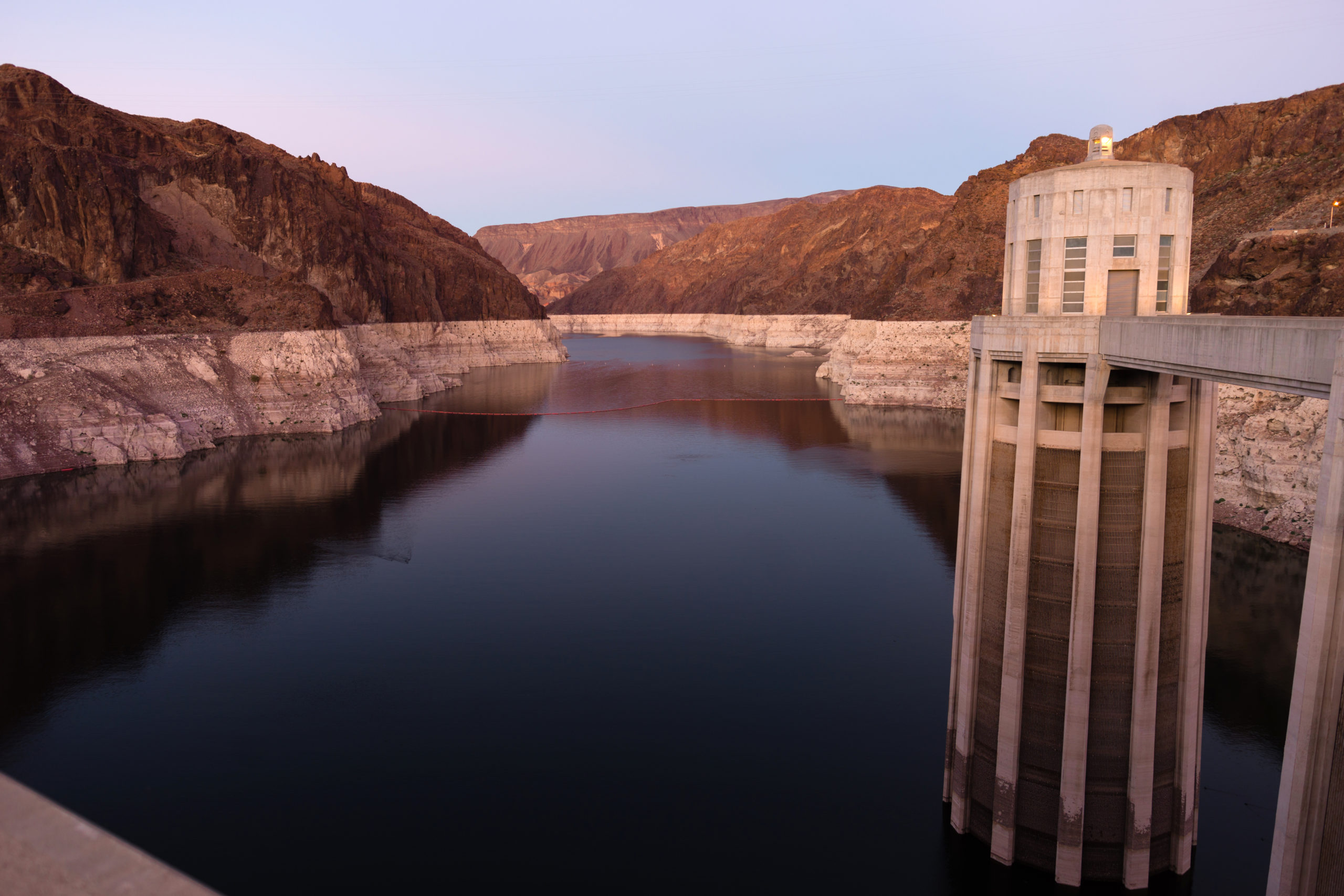Last week the federal government announced unprecedented water cuts to Arizona, Nevada, and Mexico in an effort to balance Colorado River supply and demand. While these reductions are a positive step towards Western water sustainability, they are a drop in the bucket compared to the 2 to 4 million acre-feet necessary to stabilize the river. The seven Colorado River basin states are currently in contentious negotiations over future reductions. California, the largest Colorado River user, is already planning for a ten percent reduction in overall water supply by 2040 due to climate change, but more reductions could be coming as negotiations continue. With millions of lives and billion-dollar industries on the line, immediate water conservation action is needed by all states and sectors.
The good news is that we have near-term solutions readily available. EI is currently working with both urban and agricultural water managers to implement simple yet impactful water conservation programs, mitigating the effect of mandated water reductions. Together, our urban and agricultural partners represent the two most critical sectors for achieving the scale of water savings needed in the West.
Urban Water Use – Incentivizing Private Property Owners
Recognizing that lawns are a luxury that the West can no longer afford, agencies in Nevada and California have targeted turf, restricting irrigation or even banning its use. According to a recent Pacific Institute study, increasing the number of private properties in California with low-water-use landscapes could save up to 1.5 million acre-feet per year, and can be achieved more quickly and cost-effectively than infrastructure projects.
In Southern California, the San Diego County Water Authority and the County of San Diego are partnering on the Waterscape Rebate Program which offers higher “stacked” incentives to private property owners to replace turf with drought-tolerant landscaping and provides specialized assistance for large landscapes. Stacked incentives pull funds from multiple agency budgets to provide higher rebates to customers compared to traditional incentives and produce multiple benefits – like improved water quality and water savings through waterwise landscapes. EI is working with Southern California agencies to promote these incentive programs, which will allow agencies’ funds to go further, improve program participation, and increase the funding pool for program delivery and scaling. In just one year, the Waterscape Rebate Program has engaged over 500 properties and secured more than 500,000 square feet of completed and planned turf removal.
Agriculture Water Use– Incentivizing Multibenefit Land Use
Agriculture is California’s and the Colorado River’s largest water user. New innovative agricultural water programs serve as an essential compliment to urban initiatives. For example, in 2022, California launched the new Multibenefit Land Repurposing Program (MLRP), which will repurpose agricultural land to reduce water demand while providing community health, economic well-being, habitat, renewable energy, and climate benefits. In the first round of funding, the highly competitive MLRP granted more than $40 million to rural communities, with future funding rounds anticipated.
EI, along with our partners at EDF and Self-Help Enterprises, is proud to be serving as the Statewide Support Entity for the MLRP. In this role, our team will coordinate technical assistance, learning, and outreach among regional grantees and stakeholders. A critical aspect of this work will be engaging historically underserved groups, such as small farmers, farmers of color, disadvantaged communities, and tribes to ensure that these stakeholders can meaningfully shape the direction of the program.
Looking Ahead – Benefits Beyond Reductions
With increasing aridification of the West, communities and businesses will continue to face challenging mandates and regulations, increasing the imperative for near-term, practical solutions. By offering landowners and natural resource managers carrots over regulatory sticks, multibenefit programs can make significant progress towards water savings goals. To meet the scale of this challenge, we see three needs:
- Expand and scale proven approaches. Currently, stacked incentives for turf removal and multibenefit land repurposing are limited to a few geographies. We see the enormous potential of these programs, once scaled across the West, to make progress towards the water savings needed to balance the Colorado River. This undertaking will require forward-thinking leadership, funding, and partnerships to accomplish.
- Increase federal and state funding for water conservation. California has already allocated $175 million for turf removal and other water saving solutions as part of the $2.8 billion package to strengthen drought resilience. New federal funding, such as the proposed STREAM Act and recently passed Inflation Reduction Act, can further multibenefit water saving strategies for both urban and agricultural users.
- Leverage uncommon partnerships. As new multibenefit programs are established, their success will largely depend upon partnerships between stakeholders, some of whom do not often sit at the same table. From once siloed municipal agencies collaborating to co-fund stacked incentives programs; to farmers, conservation groups, and disadvantaged community advocates working together to meaningfully repurpose land – these new partnerships can promote programs that meet the needs of the communities they serve.
At Environmental Incentives, we are committed to addressing the climate imperative with locally-led solutions that provide real benefits beyond compliance. By starting the conversations now and leveraging practices from programs that work, communities across the West can build towards a more sustainable water future.



